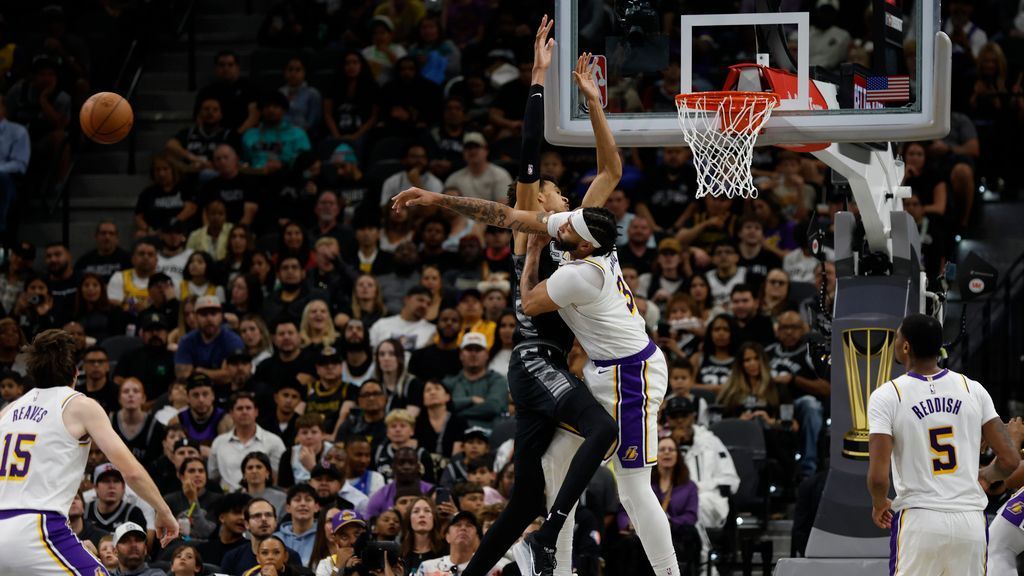
Defending champions New South Wales enter the Sheffield Shield fray from Monday, with the pleasant change that they will not be doing so as a lonely beacon for spin bowling.
This time around, on nicely modulated surfaces prepared by the former South Australia and Western Australia paceman Trent Kelly, Queensland, Western Australia and South Australia all had the chance to give their spin bowlers a significant influence on proceedings. Most pivotal was Mitchell Swepson's 4 for 66 from all of 45.2 overs to deliver the Bulls an innings result at Gladys Elphick Park over Tasmania, the only team not to employ a full-time spin bowler.
While New South Wales have both Nathan Lyon and the teenage wristspinner Tanveer Sangha in their squad, the importance of the sorts of surfaces prepared for Shield contests was made patently clear by the broader range of spinners not only selected but given critical roles in their respective attacks. Ashton Agar and Lloyd Pope both claimed five-wicket hauls in their encounter at Karen Rolton Oval, while the off-breaks of Ashton Turner made a telling intervention as the Redbacks nudged their way to within sight of a draw.
ALSO READ: Kurtis Patterson: Injury-hit season 'put a few things in perspective'
Kelly, who in addition to playing a handful of first-class games for two states has also served a long apprenticeship as a curator, is drawn from the Les Burdett school of thinking. This can be summarised as the view that pitches should offer some bounce and seam movement for pacemen early in a game, flatten out into an equable batting surface through its mid-section, before taking increasing amounts of spin and offering a hint of variable bounce by the end.
A handful of moments observable on streams of the two Shield games sat very much in line with these principles. Tasmania being bowled out for 250 on the opening day by Queensland, who were then given a sound platform by their top order before the surface flattened out fully; Agar spinning one out of the rough and through the gate of Harry Nielsen as the SA v WA contest began to accelerate; Tim Paine beaten by a big turning and bouncing Swepson leg break the final ball before lunch on day four, but then being bowled by Xavier Bartlett's away movement with the second new ball soon after it; and Liam Scott falling lbw to a shooter from Matthew Kelly as WA strode to victory in the final hour.
All this is to say that the quality and variety of the cricket on display in the first two Shield games was of a kind all too often missing on domestic pitches that are either overly lively or the epitome of dead. Watching from their hotel room quarantine, Victoria's players in particular will have reason to wonder at some of the soporific strips prepared at the Junction Oval or the MCG in recent times. Similarly, Swepson can only dream about a Gabba Shield game playing out the way that this one did, giving him contrasting but equally important roles in each innings.
These surfaces, prepared on traditional wicket blocks by knowledgeable ground staff with plenty of collaboration between states and CA, have proven that the game's decision-makers should be demanding in terms of what they want from pitches, for so much of the game grows out of this literal groundwork. For Greg Mail, recently installed as the New South Wales head of cricket, the scores emanating from Adelaide were a welcome sign that plenty of thought and discussion was taking the surfaces in the direction they need to go.
"In general terms, result type pitches, whether they're in favour of bowling early or surfaces that break up and favour spin bowling later in the game, I'd say generally result-type surfaces should be positive," Mail told ESPNcricinfo. "We want Shield cricket not to be an attritional contest and to give the bowlers a chance. There's been some experimenting with different balls as well and I think that has a lot of validity, just continuing to try to work out what combination of surface and ball gives you the best contest between bat and ball, so that somewhere between halfway through and the end of the day you come to an outright result. That's what you're shooting for.
"It'll be interesting to see how the next month plays out really in terms of how those surfaces hold up and change across the course of the month. There's been a lot of thought going into the right amount of time between games to keep them at the level we'd like them."
Asked about the state's position as a nursery for spin bowlers down the years, Mail said that it neatly illustrated the fine balance required between fair surfaces, knowledgeable captains, and spin bowlers who were not only talented but resilient. It was also incumbent upon talent identifiers and selectors to remember that not every spin bowler will develop at the same speed, as promising as Tanveer has proven to be via his performances for Australia at Under-19 level.
"It's a historical and natural position for us as a state, spin bowling is wound into the state's DNA as a way to win games, and the conditions here have always supported that," he said. "We have lower and slower wickets in club cricket as well, and the teams with better spinners and captains that are able to use them tend to make their way through the competitions in better shape. The captaincy piece is important, the conditions play a part, but that's just the first layer of developing spin.
"When you think about the subcontinent and the opportunities that exist and how important it is to the DNA of the way they play cricket there, it has been a relative strength, but that's not to suggest we'll produce the next one. They can come up from anywhere, they don't come up very often, and the challenge for the states in developing spinners is that they tend to develop at different rates.
"Compare them to your run of the mill top-order batting development programs. It's not often you get surprised by a top-order batsman who pops up at 27 or 28, but it could realistically happen with a spinner, it just takes people different times to develop and we need to be open-minded about not expecting someone to come out of the Under-19s and play Shield cricket and be able to cope with it. We're relying on our clubs and the passage of time for spinners to understand their craft and to build the resilience they need."
So while Lyon, in particular, will hope to put in a dominant performance as the nation's leading spin bowler from Monday, he and others will be somewhat relieved that the conditions prepared in Adelaide have allowed for a wider flourishing of one of Australian cricket's most elusive skills. As a former groundsman turned cricketer, he will be happy too, that Kelly has flourished in the reverse trajectory.















 Phone: (800) 737. 6040
Phone: (800) 737. 6040 Fax: (800) 825 5558
Fax: (800) 825 5558 Website:
Website:  Email:
Email: 






